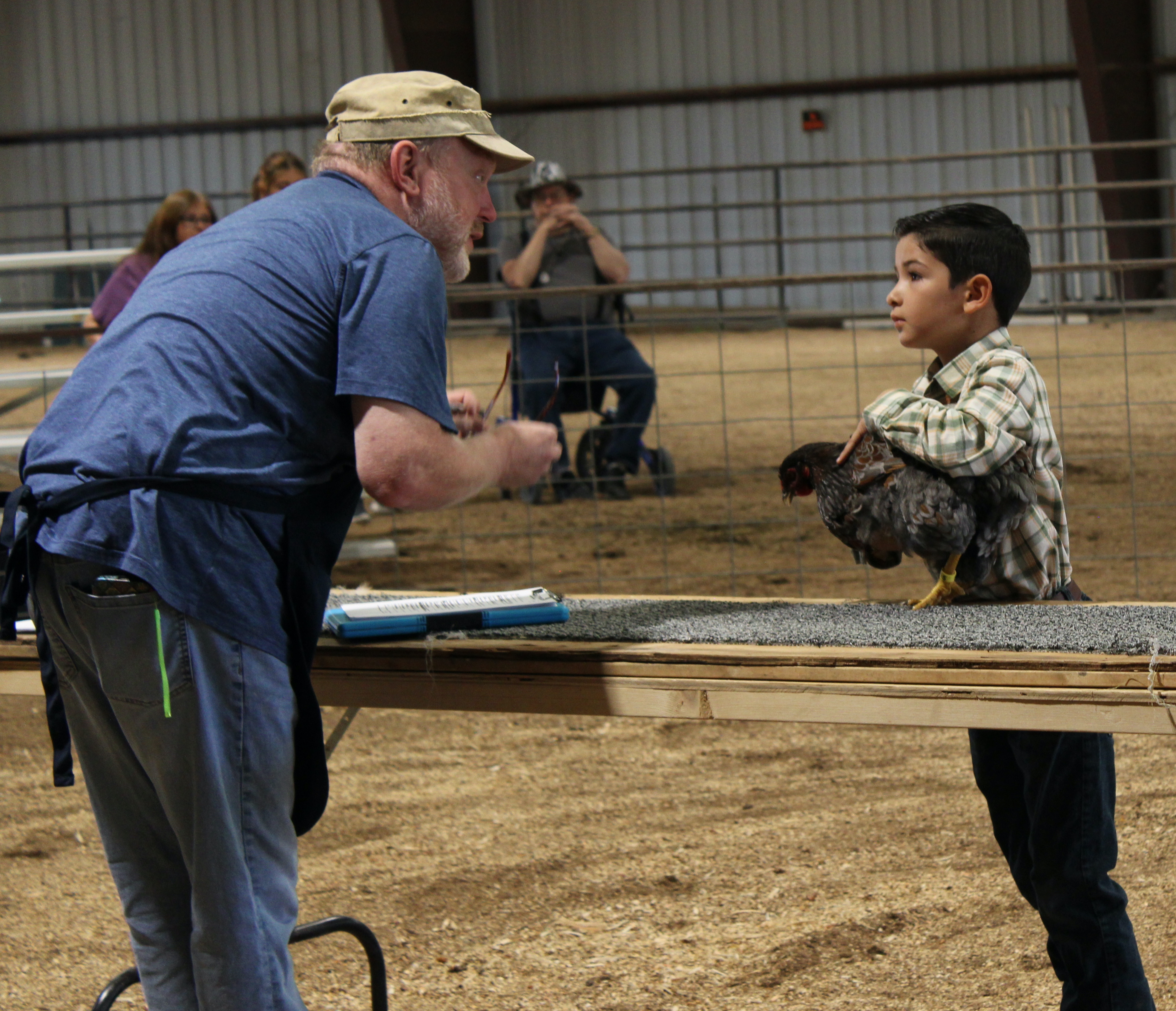About 4-H
The 4-H Youth Development Program is a Dynamic Education Program
The 4-H youth development program is a dynamic non-formal education program. 4-H provides opportunities to learn life skills, gain knowledge while having fun, and make contributions in such areas as environmental education, community service, and current youth issues. The 4-H program is dedicated to providing opportunities for young people to develop leadership and management skills, positive self-esteem, effective communication skills, a solid sense of personal responsibility and the ability to make sound decisions. The life-skills learned in 4-H enable youth to become productive, well-informed, self-reliant responsible adults.
Philosophy and Objectives
To "learn by doing" is fundamental to any sound educational program and is characteristic of the 4-H youth development program. Informal education provided by the 4-H program enhances the basic values provided by the home, school, community, and other youth-friendly environments.
These fundamental values in 4-H address the personal qualities young people need to become productive citizens in the world today and tomorrow:
• Acquire knowledge, skills, and attitudes for a satisfying life. The objective is to teach 4-H members how to think, not what to think.
• Enjoy a useful work experience, together with the responsibility and satisfaction of personal accomplishment. Sound work habits carry over into worthwhile personal achievement.
• Develop leadership talents and abilities to participate effectively as members of a group. 4-H recognizes the role of citizens who actively join and participate in community groups with the guidance of friendly adults.
• Develop personal standards and philosophy of life based on lasting values. This includes making the world a better place for others, stressing honesty, integrity, and high standards for the individual and the group.
• Develop an appreciation for the importance of science, agriculture, and the home, and their relationship to the total economy. Education is the foundation of 4-H programming through its direct tie to state land-grant universities.
NEW MEXICO 4-H VISION
The vision of the New Mexico 4-H Youth Development program is to develop all New Mexico youth to become productive citizens and leaders for positive change.
NEW MEXICO 4-H MISSION
The mission of the New Mexico 4-H Youth Development Program, the youth development program of the New Mexico State University Cooperative Extension Service is to provide youth the opportunities to acquire leadership, citizenship, and life skills. New Mexico 4-H programs are based on the 4 concepts of positive youth development which are belonging, mastery, independence, and generosity.
In support of this effort, 4-H will:
• Provide formal and non-formal community-focused experiential learning• Develop life skills
• Foster leadership, citizenship, volunteerism and career exploration in youth and adults
• Build internal and external partnerships for programming and funding
• Strengthen families and communities and
• Make use of research-based knowledge through the land-grant university system.
Facts
4-H is the largest youth organization in the world with 7 million youth members and 603,000 volunteer leaders.
In New Mexico 4-H clubs, there are:
• More than 11,000 volunteers
• More than 200 projects available
4-H offers youth:
• Membership in positive peer groups• Year-round community clubs
• Special-interest and short-term groups
• School enrichment programs
• Leadership experiences
• Events, camps, and activities
There are also project schools, such as horse, lamb, goat, pig, and steer schools; and sewing camps. Student scholarships are available.
4-H History
The beginning of 4-H club work in New Mexico dates back to 1912. In January of that year, the New Mexico Agricultural College and the Santa Fe railway ran an agricultural train on all parts of the Santa Fe Railway system in the state. The train carried livestock and farm exhibits, and educational talks were given by specialists of the Agricultural College. Special meetings were held for young people in which boys' and girls' club work was discussed and organized. In 1913, the same general plan was followed with an agricultural train run in cooperation with the El Paso and Southwestern Railway. As a result, several boys' and girls' clubs were organized in eastern New Mexico.
With the passage of the Smith-Lever Act in 1914, and the permanent establishment of Cooperative Extension in New Mexico, more concentrated club work followed.
Under the stress of the war emergency in 1918, the state enrollment in 4-H clubs reached 4,181 members. By 1921, it was evident that club work was one of the most effective means of introducing better livestock into the state, since larger numbers of high grade pigs, beef, dairy calves, and poultry were being produced in club projects each year. Also the introduction of pure seed and seed treatment, to prevent disease, were stimulated through club activities. In 1930 and 1931, club terracing demonstration contests created widespread interest in soil erosion control.
Local volunteer 4-H leaders were invited to become involved by Extension workers to aid in the club program. Leader training meetings began in 1924 and have been held as an important component of 4-H programming ever since.
Today, 4-H projects are offered in creative arts, health and nutrition, natural science, plants and animals, communications, and many more areas! 4-H reaches youth in urban, suburban, and rural communities throughout New Mexico.
Download the Taos County Fair 2025 Handbook for Entry Details, 4-H Participant Information, Livestock & Small Livestock Rules, Contest Rules, List of Entertainers, & Event Schedule Right Here!
See you at The County Fair!


